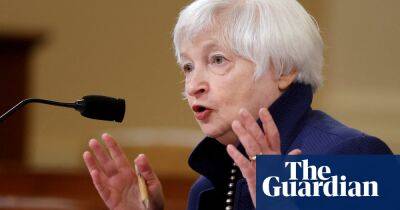UK’s largest lenders no longer ‘too big to fail’, says Bank of England
The UK’s largest banks are no longer “too big to fail” and could foot the bill for their own failures, the Bank of England has said, but it found shortcomings at three banks including HSBC and Lloyds.
Almost 14 years on from the financial crisis that threatened a collapse of the banking system and led to huge taxpayer bailouts, the Bank of England’s first-ever public assessment of lenders’ “living wills” found that even if a major UK lender were to collapse, customers would be able to access their accounts, and banks could broadly provide services as normal.
It also determined that shareholders and investors rather than taxpayers would be the first in line to cover the bank’s losses and ensure they have enough capital to operate.
However, the Bank cautioned that there were “still further improvements to be made” by some of the largest banks to avoid the chaos that ensued after the 2008 financial crisis, which forced the UK government to spend £137bn of taxpayer money to stabilise the banking system.
It said that three lenders – HSBC, Lloyds and Standard Chartered – had to address shortcomings that could otherwise “complicate unnecessarily” their ability to fail safely. Each of the three lenders was found to either not have adequate financial resources, or proper data and measurements of them, in place to ensure they can absorb losses without putting public money at risk.
Concerns were also raised over whether HSBC could properly restructure the business in a way that would ensure services were still being provided while authorities helped wind down the lender. Standard Chartered was also singled out for failing to identify all the restructuring options available to it.
The lenders will have until 2024 – when the next
Read more on theguardian.com











![$42M worth of selling in 24 hours says this about Chainlink [LINK] - ambcrypto.com - city Santiment](https://finance-news.co/storage/thumbs_400/img/2022/6/20/30465_txvx.jpg)






